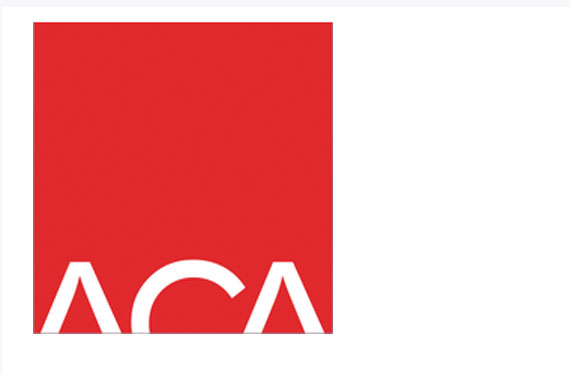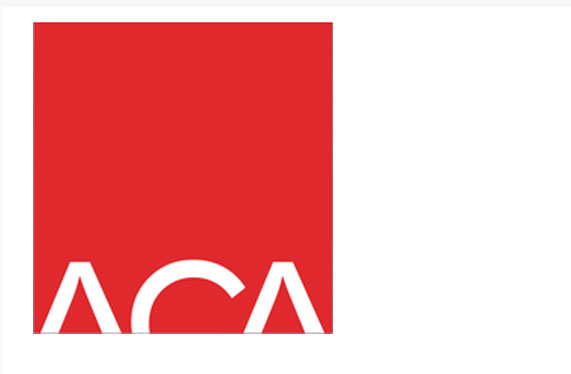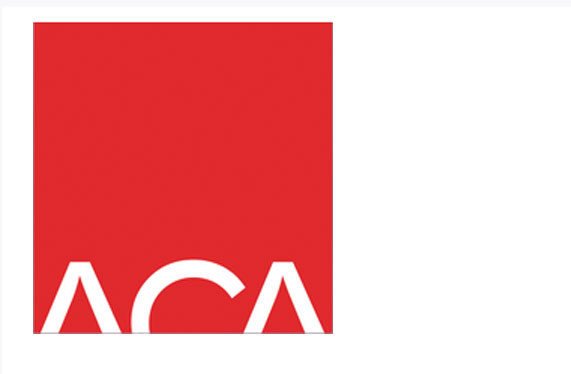
Gender pay gaps persist at large Australian architecture firms
Gender pay gaps persist at large Australian architecture firms
Share
Major architecture firms are failing to meet the target gender pay gap, according to recent data and recommendations from Australia’s Workplace Gender Equality Agency (WGEA).
The difference between men and women’s salaries at nearly 5000 of Australia’s biggest private employers became public for the first time last week under new laws.
WGEA published the pay disparities of private sector employers in Australia with 100 or more employees for 2022-23, including gender pay gaps present at landscape architecture, architecture and interior design firms.
Australia’s gender pay gap
Overall, the results showed a median base salary gender pay gap of 19 percent among all the Australian businesses that reported their data. This jumps to 21.7 percent when figures include base salary, overtime, bonuses and additional payments (the total remuneration average gender pay gap).
These results are significantly higher than the gender pay gap target set by WGEA between -5 percent and +5 percent for all employers.
The findings also show a significant variation across industries, ranging from the Construction Industry, where the midpoint employer gender pay gap is 31.8 percent, to the Accommodation and Food Services Industry, which had a midpoint employer gender pay gap of 1.9 percent.
What is the gender pay gap?
The gender pay gap is an internationally recognised measure for gender equality, but it is not the same as equal pay.
Equal pay is where women and men are paid the same for performing the same role or different work of equal or comparable value. In Australia, this has been a legal requirement since 1969.
WGEA’s methodology focuses on the median pay gap, which identifies and compares the midpoint salary for women and men when all salaries are lined up from lowest to highest.
According to a Parlour, a research-based advocacy organisation working to improve gender equity in architecture and the built environment professions, pay gaps are a fundamental indicator of inequity, and point to an imbalance of power and influence as well as economic inequity.
The Association of Consulting Architects CEO Angelina Pillai adds that reducing pay gaps is “not just about fairness”.
“It’s the fundamental principle of a better, healthier, ethical and more engaged workforce,” she says.

Architecture’s gender pay gap
None of the architecture firms that reported their data to WGEA had a pay gap within the target range of five percent.
GroupGSA came the closest, at 5.6 percent in favour of men for both its median base salary and total remuneration gender pay gaps. NBRS and Woods Bagot followed, with a median base salary gender pay gap of 6.7 percent and 10.4 percent respectively.
Meanwhile, GHD Woodhead recorded the largest base salary pay gap at 26 percent, followed closely by Hassell (25.5 percent) and Mode Design (25.1 percent).
| Firm | Median Base Salary Gender Pay Gap | Median Total Remuneration Gender Pay Gap |
| GroupGSA | 5.6% | 5.6% |
| NBRS | 6.7% | 6.7% |
| Woods Bagot | 10.4% | 9.4% |
| Tract Consultants (The Trustee for Tract Consultants Unit Trust) | 12.8% | 13.6% |
| Cox (The Trustee for The Philip Cox & Partners Unit Trust) | 13.5% | 17.1% |
| Grimshaw | 14.5% | 16.3% |
| fjcstudio (Francis-Jones Carpenter) | 15.4% | 15.3% |
| Bates Smart Architects | 16.5% | 17.5% |
| Aspect Studios | 16.6% | 16.6% |
| Hayball | 16.7% | 19% |
| Wardle Studio | 16.8% | 16.8% |
| Billard Leece Partnership | 18.2% | 18.2% |
| BVN | 18.5% | 18.5% |
| Conrad Gargett | 19% | 19% |
| Architectus | 19.3% | 19.3% |
| Buchan Group Australia | 19.8% | 19.8% |
| Nettleton Tribe (The Trustee For Nettleton Tribe Practice Trust) | 20% | 20% |
| HDR | 21.1% | 21.1% |
| Hames Sharley | 22.9% | 23.9% |
| DesignInc Sydney | 23.8% | 23.8% |
| Mode Design | 25.1% | 26.9% |
| Hassell | 25.5% | 26.4% |
| GHD Woodhead | 26% | 26.1% |
Firms respond to the public data
GroupGSA director Lisa-Maree Carrigan tells Australian Design Review (ADR) that it was “nice to be leading the pack”.
“But there’s still a gap and that’s the headline,” she says.
Carrigan credits GroupGSA’s relatively low score to a strong mandate for diversity among leadership for the last few years in particular. This includes comprehensive reporting and analyses of statistics about gender, age, ethnicity and “all aspects” of diversity at the firm.
“We did a management buyout two and half years ago. We did a complete restructure and a realignment of our values as a practice and inclusivity and diversity have been paramount in that,” she adds.
Nevertheless, Carrigan says the outcome of the report still illustrates the industry has far to go.
“I guess it’s a little disappointing to be completely honest. From our practice’s perspective, I’m heartened by how we sit relative to the rest of our industry, but I still think even at 5.6 percent, that’s still a gap that we are all striving to reduce.”
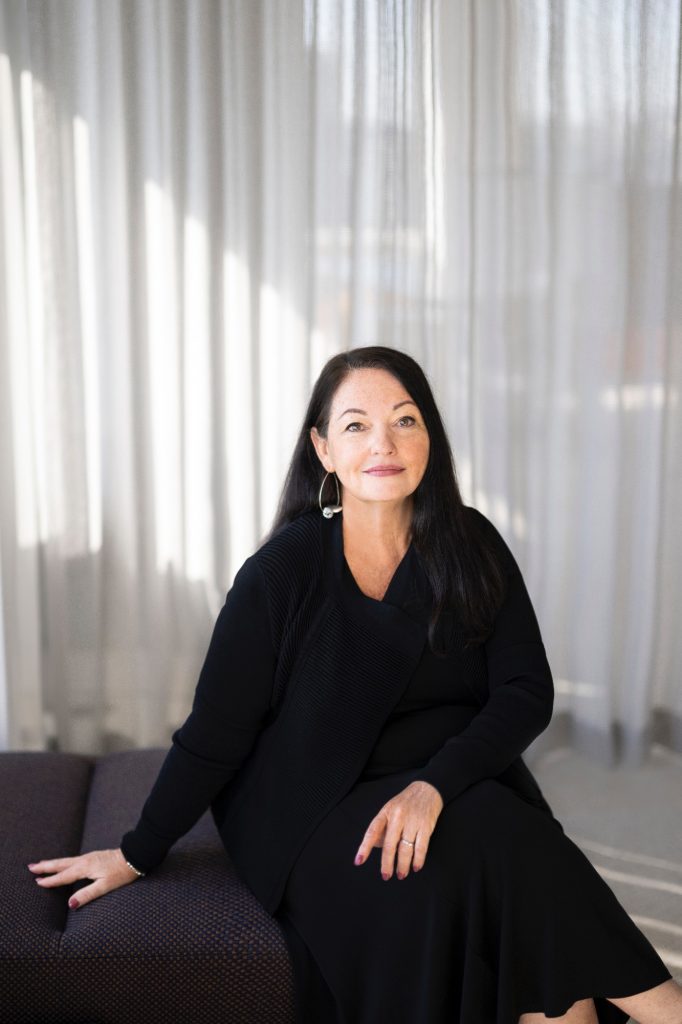
Hassell, one of the architecture firms with the highest reported gender pay gap, tells ADR it has made progress in improving the overall representation of women across the organisation. Managing director Liz Westgarth says female participation in leadership has increased from 33.8 percent to 39.1 percent since 2020, but conceded Hassell still has more males in senior roles than females.
“A key factor that influences our overall Organisational Gender Pay Gap is that we have the highest percentage of females (69 percent) in early career roles when compared with other practices,” Westgarth says.
“This is part of our long-term strategy to ensure we have a strong pipeline of female talent to progress through to more senior levels of our organisation.
“A short-term impact of this is that our median (midpoint) salary for females is lower compared with the median salary for men (hence creating a larger gap).”
Westgarth says Hassell knows it can only be successful in narrowing the Organisational Gender Pay Gap if it can achieve gender balance at all levels.
“We are very focused on ensuring we not only build the pipeline of female talent coming into Hassell at [the] early career stage, but also enact practical policies and strategies to overcome the structural barriers that have traditionally hindered career progression for women.”
For example, Westgarth says one of the first policies put in place when she took on the role of managing director last year was 16-week paid leave to all parents, irrespective of their role as primary or secondary carers.
“But I acknowledge we still have much work to do,” she says.
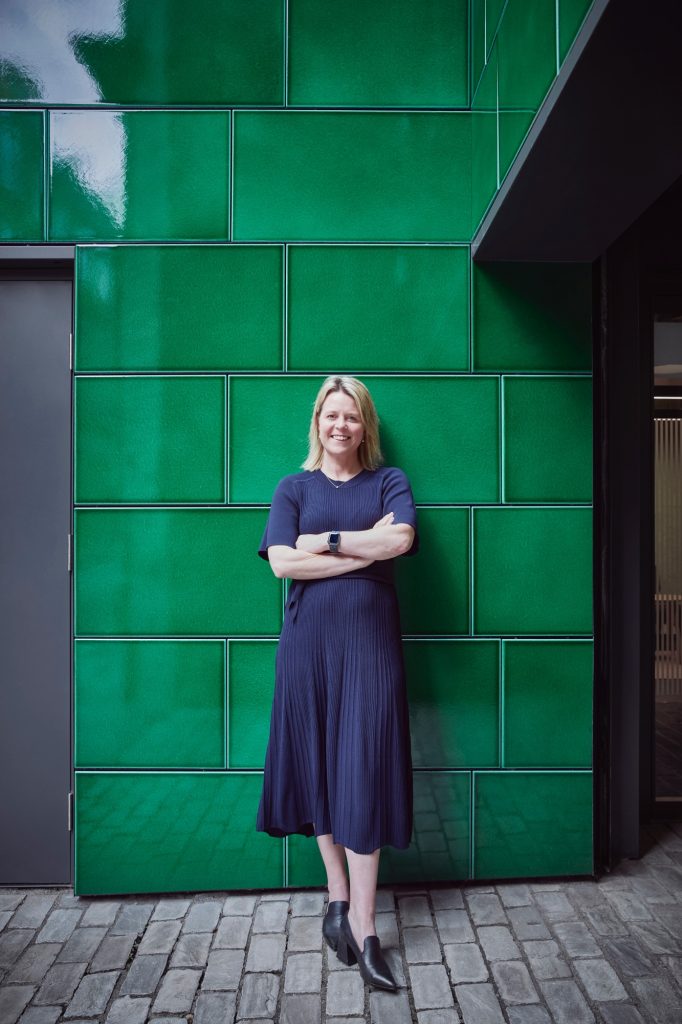
Closing the gender pay gap
The gender pay gap that persists in architecture, landscape architecture and interior design can be tackled from myriad angles.
Workplace gender equality expert Prue Gilbert declined to comment specifically on the tactics of the design firms above, however she says we need to shift away from language around family choices and really examine whether discrimination is occurring.
“We know that 33 percent of the gender pay gap is attributable to parenting or caring responsibilities. And another 36 percent of that gender pay gap is attributable to gender discrimination – blatant,” she says.
According to Gilbert, organisations often have gender targets that focus solely on women – for example, an aspirational target of 40 percent women in leadership.
“But what often happens is they’re not focused on the whole picture: what’s happening for men,” she says.
“When you focus on measuring the evolving ratio between men and women across different levels of the organisation, you’re much better able to evaluate whether you have an attraction, promotion or retention issue, and where there is systemic bias: do you have a strong pipeline of women but men are being promoted in higher numbers? What’s the cause?”
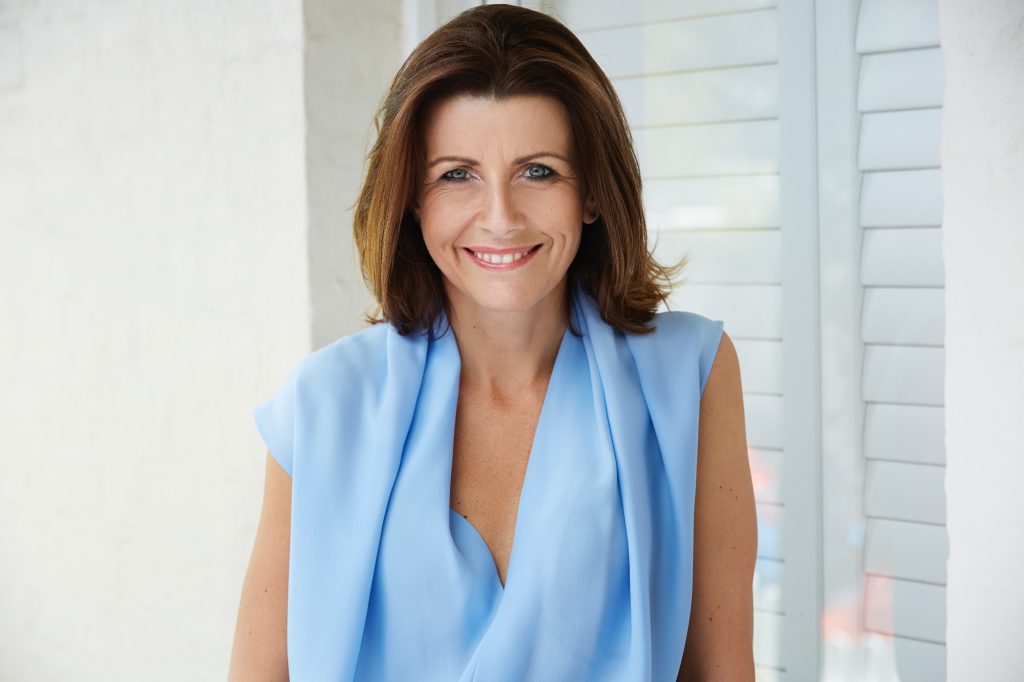
Closing the gender pay gap requires ongoing measurement and leadership accountability for decisions made, Gilbert says. It also requires interventions and systemic controls such as paid parental leave for all new parents, coaching to challenge gender bias, and equitable recruitment processes, such as 50/50 shortlists and gender-balanced interview panels, to “name a few”.
Gilbert suggests some “quick wins” could include auditing discretionary payments to improve the basis upon which they are made to employees and how transparent that is.
“We’re talking about bonuses, car allowances and all of those sorts of things that often you have to do overtime or exceed budgets to earn,” she says.
This can have a real impact on the gender pay gap and equity because people’s different circumstances – such as carer responsibilities or safety after hours – mean that they can’t give over their discretionary time in order to earn discretionary pay.
Is zero achievable?
Gilbert says that the closer employers get to a zero percent gender pay gap, the better. The likelihood that every organisation achieves this, however, is unrealistic, given humans make different decisions about how long they stay at organisations.
This is echoed by WGEA CEO Mary Wooldridge, who says the five percent range “allows for normal business fluctuations and employee movements”.
Nevertheless, Wooldridge has a warning for businesses: “the time for talk and excuses is over”.
“Change takes action and employers need to double down on ensuring all employees are fairly represented and equally valued and rewarded in their workplace.”
Companies’ gender pay gaps are available on the Workplace Gender Equality Agency website.
Photography supplied.
You Might also Like
